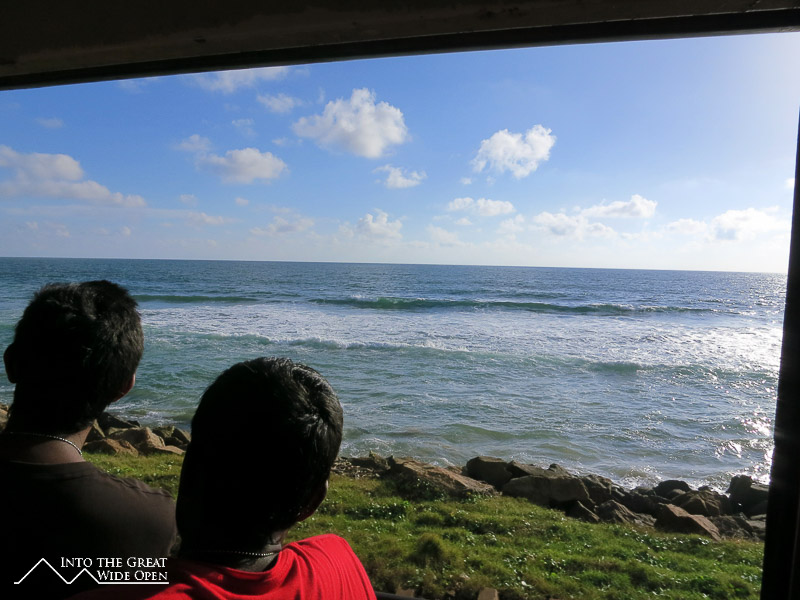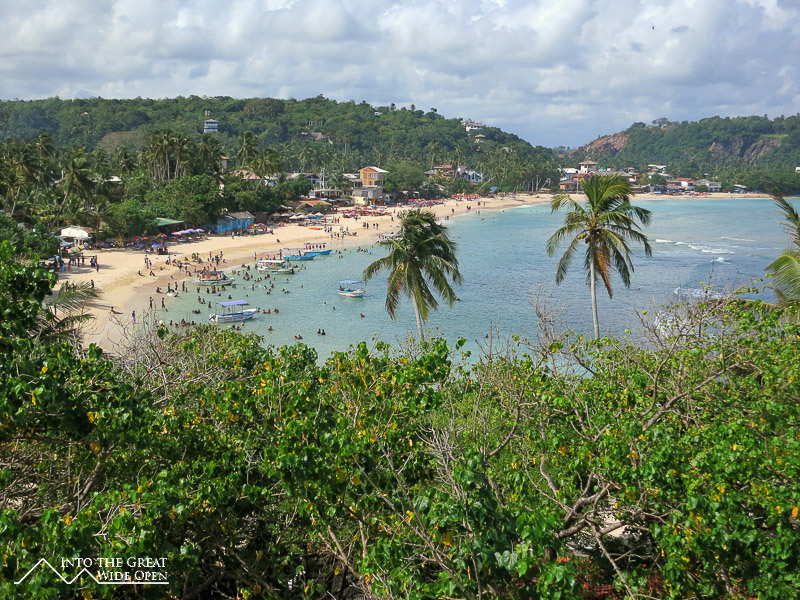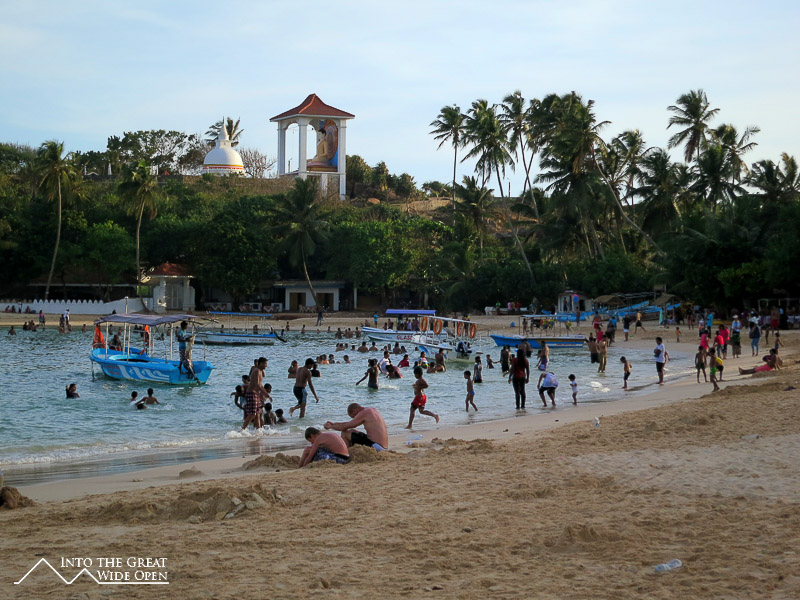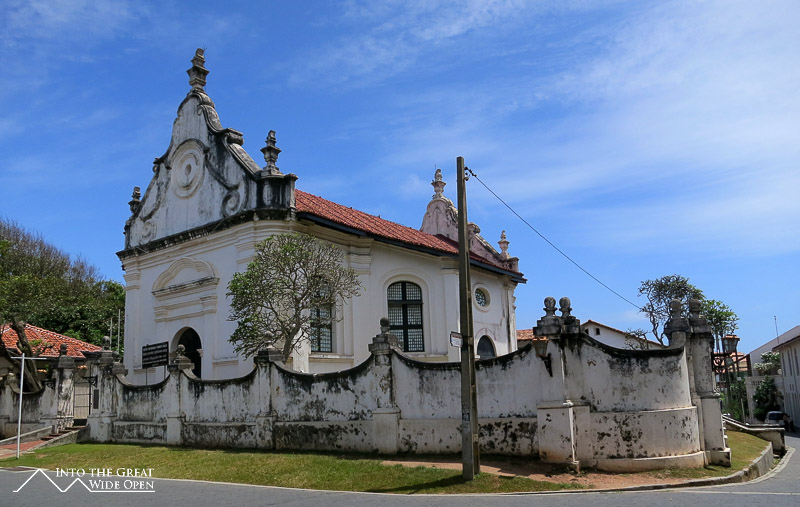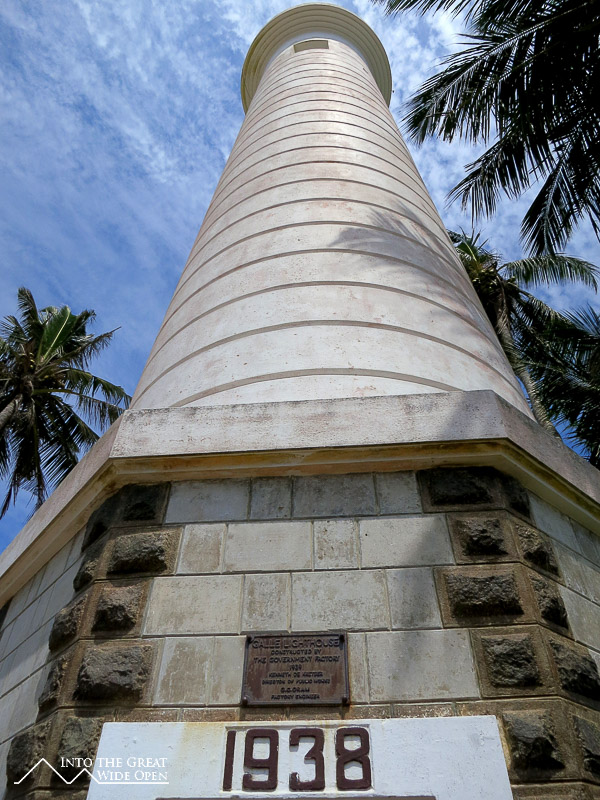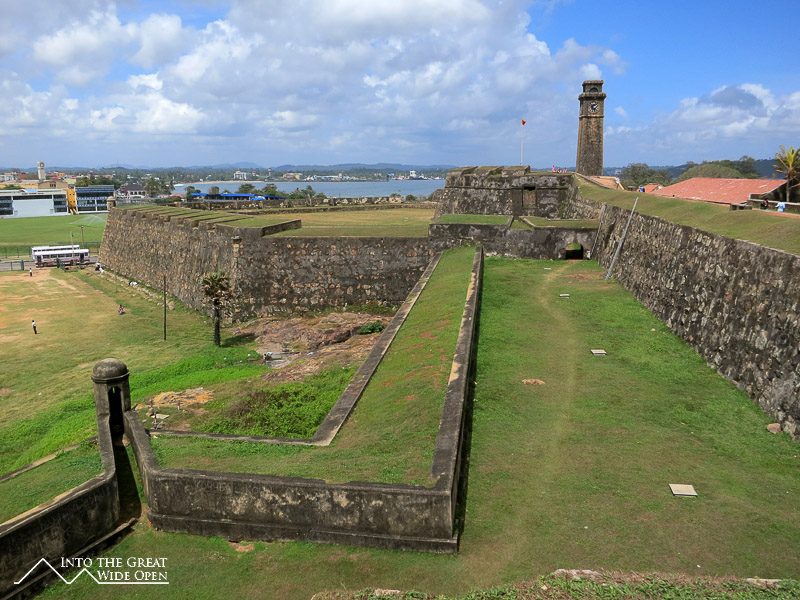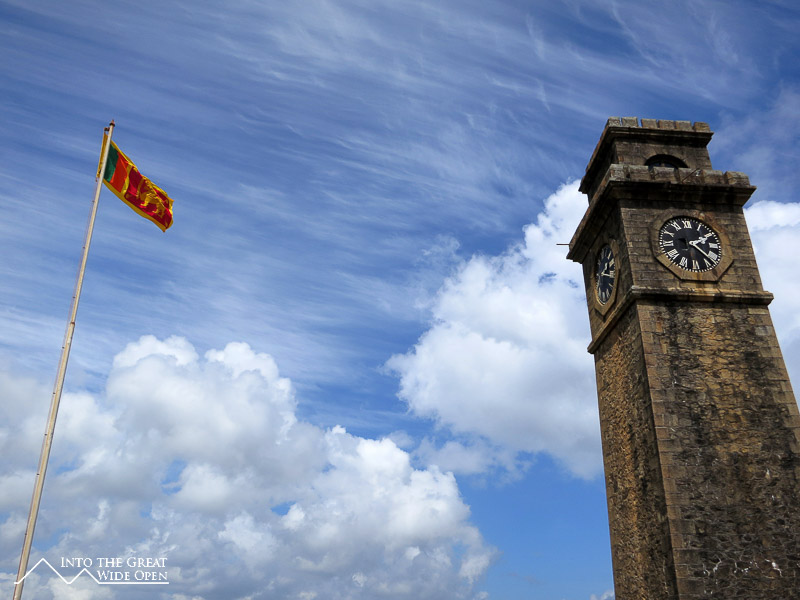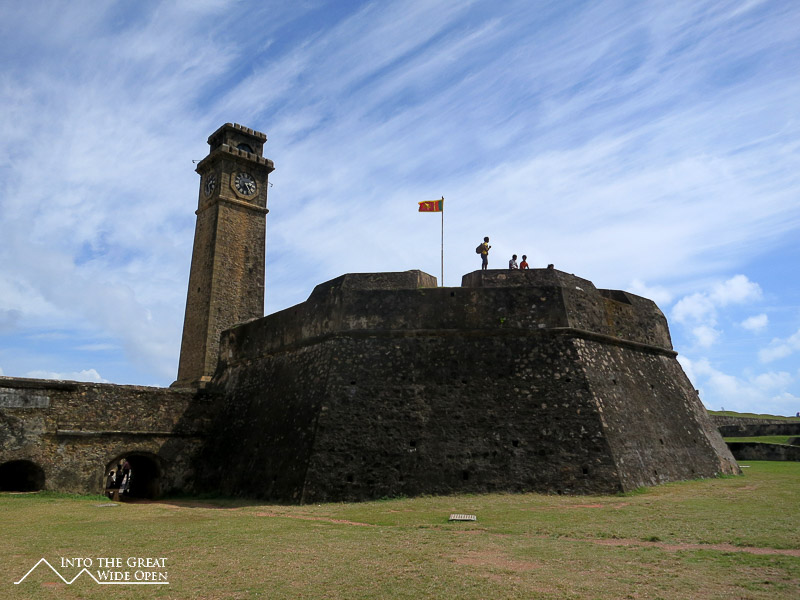Unawatuna, Sri Lanka
Colonial Heritage
August 20, 2013
A candle throws its light into the darkness
In a nasty world so shines the good deed
Make sure the fortune that you seek
Is the fortune you need
- Ben Harper

Colombo serves as Sri Lanka’s hub but the traffic and congestion is so bad that many locals advised not staying long or even against visiting it entirely. Either way it was necessary to pass through in order to get to Galle and the beaches in the south. The few glistening new skyscrapers in Colombo are testament to the amount of development that has taken place here; compared to India Sri Lanka in general feels like it has made another step forward. Roads are better maintained, vehicles are more modern, rules are observed, and cows aren’t blocking traffic. This was somewhat surprising to me considering its close proximity and a shared population of Tamils as in south India.
But even with the development, Sri Lanka still has relatively poor infrastructure. The main roads, while being well paved, are only two lanes so traffic backups are frequent and low speed limits make traveling slow. The railroad lines are ancient with very slow speeds and vastly overcrowded rusting and dated railway cars. On the train back to Colombo I counted almost 80 people in my train car which had seats for 40.

There also seems to be rampant dependency on tourism. It is hard to tell what other industries there are on the island at the moment, other than spices, tea, rice, and other agricultural products. Our driver said that workers were often imported from China, India, or Pakistan to do construction and labor jobs because the locals didn’t want to do that type of work. Perhaps tourism is easier money. The heavy reliance on tourism has pushed up prices and to me, much of the island represented a poor value compared not only with India but also with what was available on the local standard. For example, a regular local lunch cost less than a $1.50 at one roadside place while a lunch at a standard tourist restaurant was probably four to five times that and rarely of any better quality. Coming from India, where there is something for every budget, this was a big adjustment. But it wasn’t just the higher prices it was also the fact that everyone was trying to sell you something, whether it was massages, masks, tuk-tuk rides, taxis, tours, etc.
The south was one of the more touristy areas on the island with popular beaches and an old Dutch fort in Galle. Galle was reasonably nice and gives a good idea about the Portuguese and Dutch colonial heritage of this area but there wasn’t really that much of interest there, at least nothing more than could be covered in half a day’s time. Unawatuna, about 7 kilometers south was a nice beach curving around the bay with palm trees and a Buddhist temple overlooking the water. On the weekend it was quite popular with the locals but there were also a fair number of tourists frequenting the numerous beachfront cafes and hotels.

This area was heavily damaged by the tsunami in 2004. One of the same overcrowded trains that I took along the coast from Colombo to Galle was completely destroyed by the tsunami in one of the largest railway disasters ever. Despite the devastation the lessons weren’t learned. Buildings were reconstructed in their same precarious positions, hopefully with some more reinforcement, but with the force of waves that might not mean much. In fact, erosion is already impacting the beach at Unawatuna. A section of the beachfront collapsed and efforts to repair the damage with heavy machinery only resulted in the heavy machinery being stranded on the beach. As it is now, this damaged section makes contiguous access around the beach very tricky. Here too, it is only a matter of time before further erosion closes this path completely. While tourism here is still on the upswing, it would be nice to see more responsible development leading to a more sustainable pathway in the future.
